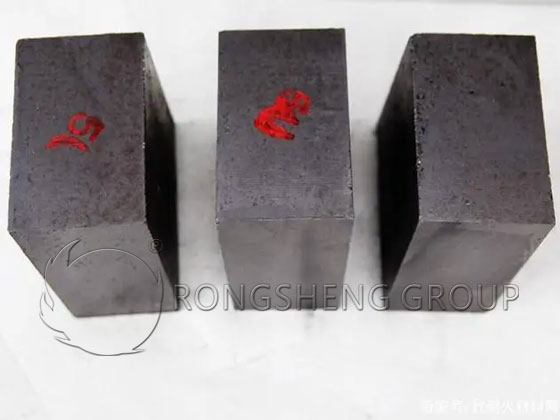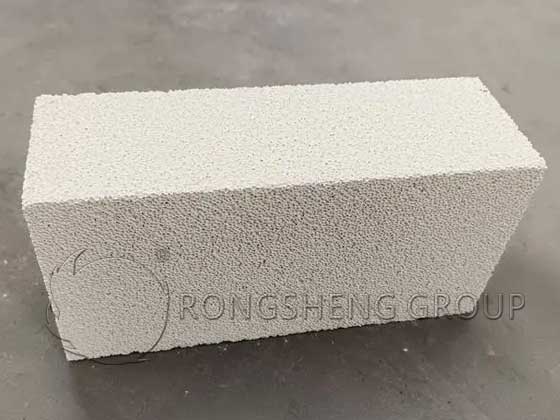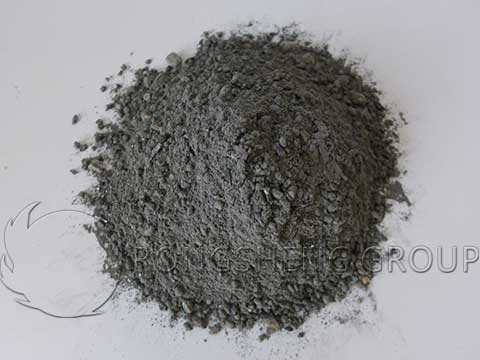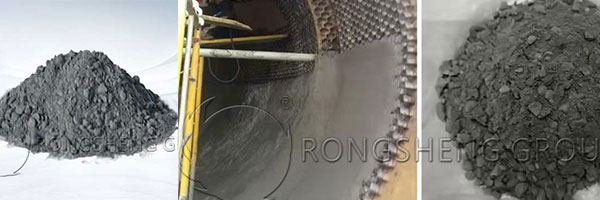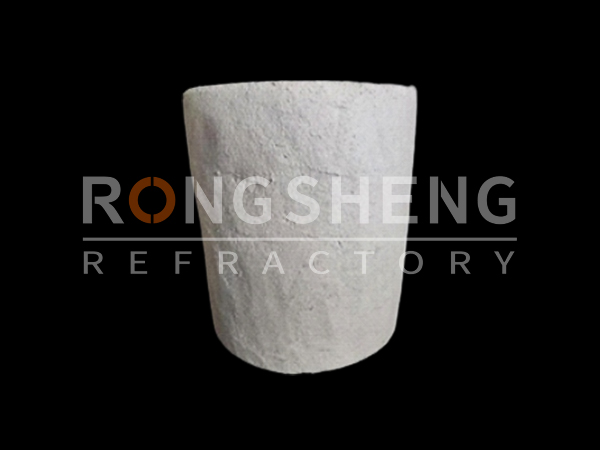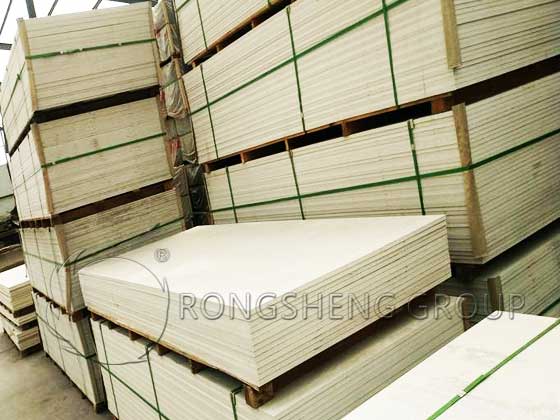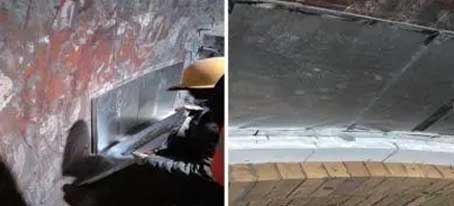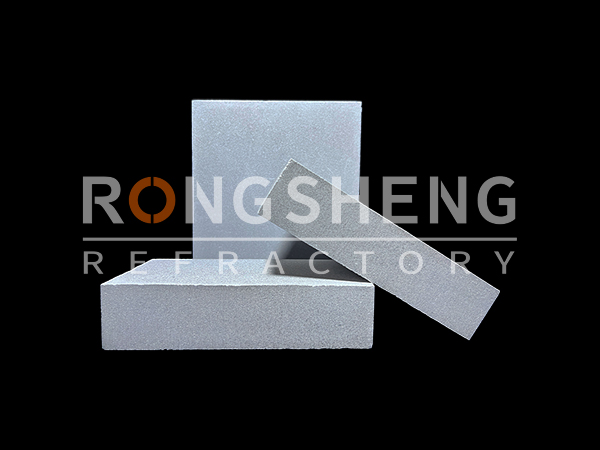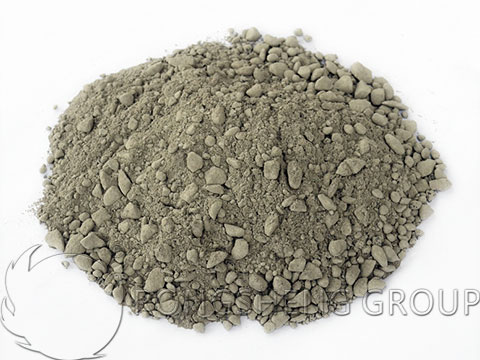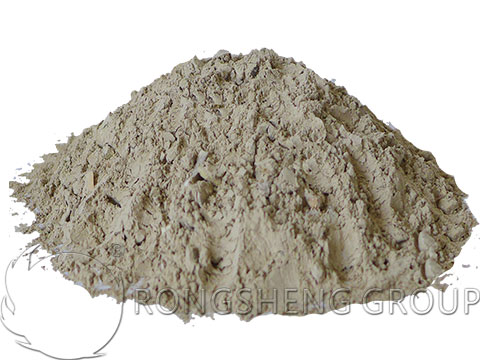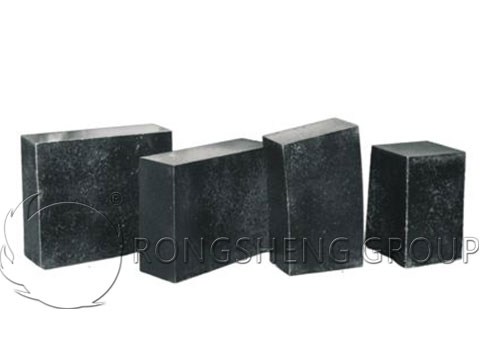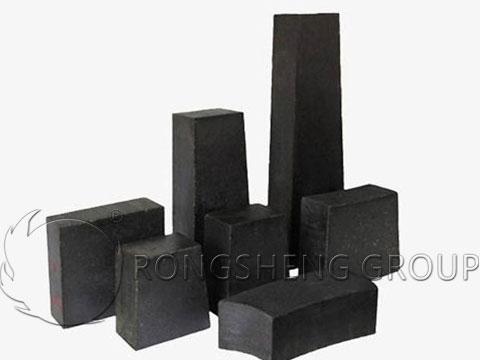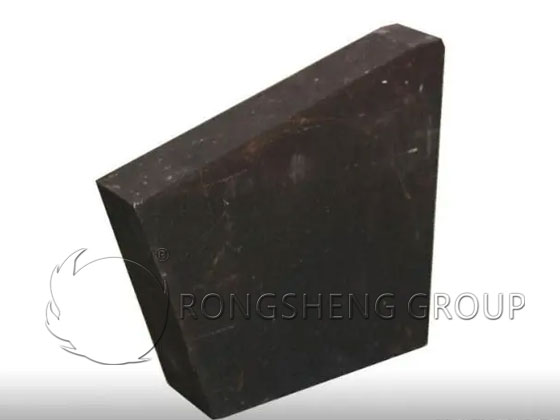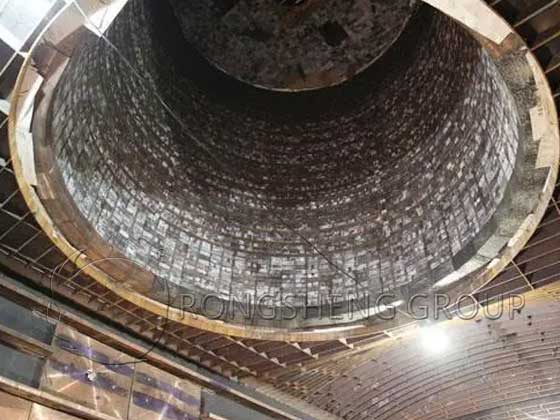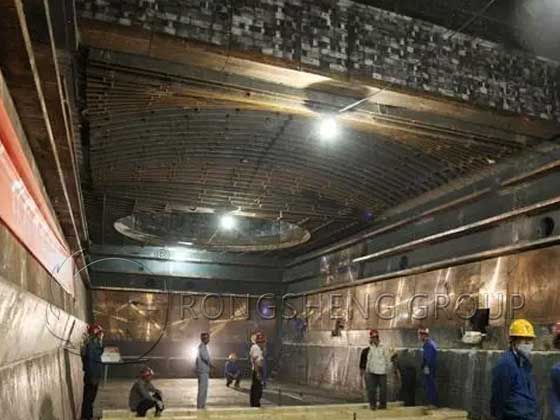The hot blast stove is a typical regenerative heat exchanger. The regenerator is mainly a porous checker brick, which transfers the heat generated by combustion to the blast furnace blast. The heat transfer of the hot blast stove is an unsteady heat transfer process. The heating and cooling of the checker bricks in the regenerator change periodically with the height and time of the hot blast stove.
The shape of the checker brick is a regular hexagonal prism, that is, the upper and lower end faces are regular hexagons. There are a varying number of through holes arranged in regular triangles between the two end faces. The checker bricks are made of different materials according to their different working temperatures. For parts close to the combustion chamber where the temperature is high, materials with good high-temperature performance and strong anti-adhesion ability should be used, mostly silicone or high-aluminum materials. The temperature of the checkered bricks close to the cold air chamber is low, so clay materials with good low-temperature performance and high strength are selected.
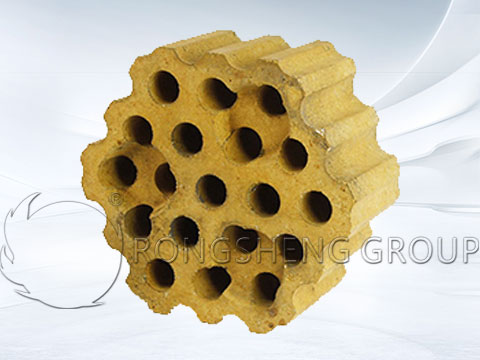
Advantages and Disadvantages of Silica Checker Bricks and High Alumina Checker Bricks
Silica refractory materials are acidic refractory materials and have good resistance to oxides such as CaO, FeO, Fe2O3, etc. It has the advantages of high softening temperature under load, stable volume at high temperatures, and high thermal conductivity. However, the thermal stability at low temperatures (below 800°C) is poor. The specific realization is that the load softening temperature can be as high as (1640-1680℃), which is close to the melting point of tridymite (1670℃). It has very good thermal stability above 800℃ and can adapt to large changes in temperature. The silica bricks used in hot blast stoves have tridymite as the main crystal phase and have stable volume and low creep rate under high-temperature loads. Its anti-adhesion performance is also better than other refractory materials. Proper use can make the hot blast stove structure more stable. However, at 200-300°C and 573°C, the volume suddenly expands due to crystalline transformation, which can easily cause structural damage. Therefore, drastic temperature changes below 600°C should be avoided.
Compared with silica bricks, high-alumina refractory materials have a lower softening temperature under load and poor high-temperature volume stability. However, high-aluminum refractory materials have the advantages of large capacity and good thermal shock stability.
Silica refractory materials have less adsorption of dust in coal gas and have good resistance to oxides such as CaO, FeO, Fe2O3. High-aluminum refractory materials have strong adsorption to dust in coal gas, and the main component is Al2O3, which easily forms a low eutectic with CaO and total iron in the dust. It adsorbs to the body of the checker bricks and then penetrates and erodes.
In terms of damage mechanism, high-aluminum refractory materials have poor adaptability to dust in gas.
Compared with silica bricks, low-creep high-alumina bricks have the disadvantages of poor performance and high price. It is a reasonable choice to use silica bricks in the high-temperature zone of hot blast stoves with high blast temperatures. Silica bricks are almost all used in the high-temperature zones of foreign hot blast stoves.
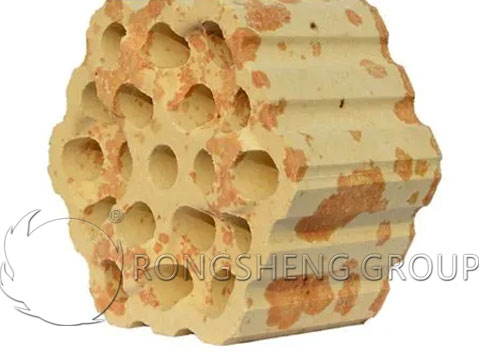
Comparison of Heat Storage between High Alumina Checker Bricks and Silicon Checker Bricks
High alumina check bricks and silicon check bricks are common heat storage materials, and they have their own advantages and characteristics in different application scenarios.
High-aluminum checker bricks are usually made of high-aluminum materials. Their main features are high heat capacity and excellent high-temperature resistance. High-aluminum checker bricks are widely used in high-temperature equipment such as industrial furnaces and kilns, and can effectively store heat and maintain temperature stability. Therefore, it is more suitable for high-temperature operations of 1400-1500℃.
Silicon lattice bricks are usually made of siliceous materials, which are characterized by good thermal conductivity, low density, and strong corrosion resistance. This brick material performs relatively well at 1600°C. For example, long-term operation of industrial furnaces or long-term stable high-temperature environments.
When comparing these two materials, specific application needs and work environments need to be considered. If it is necessary to maintain high temperatures for a long time, silica checker bricks may be more suitable. If frequent temperature changes are required or rapid heating and cooling are required, high-aluminum checker bricks may be more suitable.
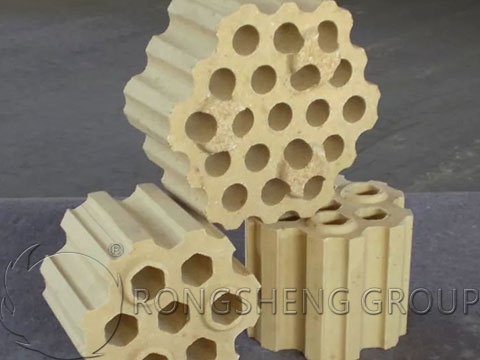
How to Increase the Heat Balance and Shorten the Heating Time of Hot Air Furnace Checker Bricks?
Due to the development of modern ironmaking technology, the requirements for blast furnaces are getting higher and higher, and the air temperature requirements are around 1200°C. Obviously, in order to meet the requirements of the blast furnace, in addition to high-intensity combustion to achieve high combustion temperatures, it can only be achieved through efficient and reasonable heat transfer between the airflow and the regenerator structure. Whether the flue gas flow velocity field after combustion can enter the regenerator in a uniformly distributed manner, and whether the uneven airflow distribution can be adjusted to a more uniform distribution after entering the regenerator, is whether the utilization rate of the regenerator can be improved. The key factor to enhance the heat transfer effect.
High-temperature far-infrared radiation coatings have an emissivity above 0.9 in the spectral range of 0.7-15μ. Painting on the surface of hot air stove check bricks can increase the heat and speed of heat absorption and heat storage (heat release) of the check bricks without increasing the weight and weight of the check bricks.
- During the combustion period, the high absorption characteristics of the infrared radiation coating are used to enhance the heat absorption speed and heat absorption on the surface of the regenerator. Improve heat storage capacity.
- During the air supply period, the high radiation characteristics of the coating are used to increase the air supply temperature and heat release capacity.
In addition, R&D personnel stabilized the blackening agent to improve the anti-aging performance, and make the coating dense, high in strength, and high in temperature resistance, thereby reducing the high-temperature impact of the checker bricks. Increase its corrosion resistance and extend the service life of checkered bricks by more than 25%.
